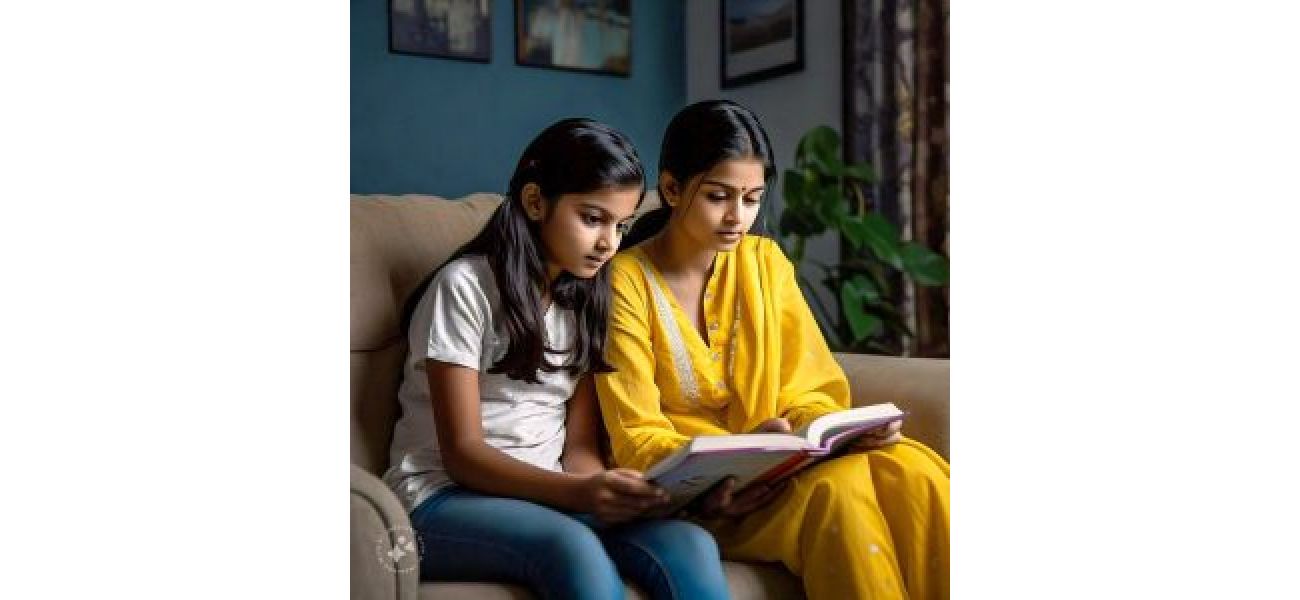10 must-read books from the turn of the century to rediscover Odia literature.
Listicle highlighting significant literary works from the last three decades in Odia literature, including Arupananda Panigrahi's 1999 poetry collection 'Gote Dhana Pain' and its impact on themes and depth.
September 16th 2024.

Over the last thirty years, the world of Odia literature has been enriched by a number of groundbreaking works. In this listicle, we will take a closer look at some of the most noteworthy contributions from this period, gaining insights into their themes and impact.
One of the most influential works of this time is Arupananda Panigrahi's "Gote Dhana Pain." This book is significant for its role in bringing poetry back to the forefront of Odia culture. Building upon the themes explored in previous works such as "Dhaana Saunta Jhia," Panigrahi's writing adds a unique dimension to the development of Odia poetry since the 1980s.
Another standout piece is Ajay Swain's "Nabalaka," which stands out amongst other Odia stories. When combined with his earlier work "Bou Ra Geeta Khata," Swain's writing reveals a new narrative style in literature. His careful selection of language and characters creates a sense of authenticity, making readers feel as though they are a part of the stories themselves. "Nabalaka" is seen as a harbinger of future literary innovation in Odia literature.
"Suresh Parida's "Kahnu," published by Kahani, Cuttack, is considered the pinnacle of his poetic career. These poems, written around the same time as "Shri Radha," were initially published in various periodicals. In "Kahnu," Parida gives voice to Radha and Krishna in a modern yet timeless dialogue, offering a fresh perspective on an ancient theme.
Ajay Pradhan's "Baidaa Na O Anyamane," published by Shriparna Prakashani, Puri, is a collection that highlights the power of regional dialects within Odia literature. The prose at the end of the book, titled "Kahu Kahu," is particularly notable for its profound expression and linguistic precision, showcasing Pradhan's mastery.
In "Asprushya," Basudev Sunani gives voice to the marginalized in a way that resonates with readers. Published by Ankita Prakashani, Nuapada, this book is essential reading for those interested in understanding the complexities of caste and identity in Odisha.
Sunil Kumar Pusti's "Pua Pain Prarthana" is a collection of deeply personal poems that elevate individual experiences to a sacred level. Though challenging and requiring immense skill, Pusti succeeds in turning personal narratives into profound poetry, evoking the work of celebrated Bengali poet Buddhadeb Basu.
Renowned artist and author Dinanath Pathi's "Gangavataran" explores the spiritual and cultural significance of the Ganges River. Published by Avanti, Bhubaneswar, this novel is a unique contribution to Odia literature, blending mythology and contemporary issues in a compelling narrative.
In "Putana," published by Padatika, Cuttack, Senapati Pradyumna Keshari offers a modern reinterpretation of the mythological character Putana. The book delves into contemporary women's issues through the lens of myth, adding a fresh flavor to Odia mythological poetry.
Radhu Mishra's "Kapi Tu Kahun Ailu Re," published by Paschima Publications, Bhubaneswar, stands out in the genre of satire. Mishra brings a unique wit and linguistic flair to his writing, making this book a must-read for those interested in Odia satire.
Shantanu Kumar Acharya's "Bahu Bahu Janma," blending quantum physics with the concept of reincarnation, is a testament to the author's mature vision. This novel offers readers a journey through the realms of science and spirituality, showcasing the richness and diversity of Odia literature.
In conclusion, these literary works, spanning over a decade, have each contributed to the richness and diversity of Odia literature. From poetry and short stories to novels that explore mythological and contemporary themes, these books represent a significant period in the evolution of Odia literary tradition.
One of the most influential works of this time is Arupananda Panigrahi's "Gote Dhana Pain." This book is significant for its role in bringing poetry back to the forefront of Odia culture. Building upon the themes explored in previous works such as "Dhaana Saunta Jhia," Panigrahi's writing adds a unique dimension to the development of Odia poetry since the 1980s.
Another standout piece is Ajay Swain's "Nabalaka," which stands out amongst other Odia stories. When combined with his earlier work "Bou Ra Geeta Khata," Swain's writing reveals a new narrative style in literature. His careful selection of language and characters creates a sense of authenticity, making readers feel as though they are a part of the stories themselves. "Nabalaka" is seen as a harbinger of future literary innovation in Odia literature.
"Suresh Parida's "Kahnu," published by Kahani, Cuttack, is considered the pinnacle of his poetic career. These poems, written around the same time as "Shri Radha," were initially published in various periodicals. In "Kahnu," Parida gives voice to Radha and Krishna in a modern yet timeless dialogue, offering a fresh perspective on an ancient theme.
Ajay Pradhan's "Baidaa Na O Anyamane," published by Shriparna Prakashani, Puri, is a collection that highlights the power of regional dialects within Odia literature. The prose at the end of the book, titled "Kahu Kahu," is particularly notable for its profound expression and linguistic precision, showcasing Pradhan's mastery.
In "Asprushya," Basudev Sunani gives voice to the marginalized in a way that resonates with readers. Published by Ankita Prakashani, Nuapada, this book is essential reading for those interested in understanding the complexities of caste and identity in Odisha.
Sunil Kumar Pusti's "Pua Pain Prarthana" is a collection of deeply personal poems that elevate individual experiences to a sacred level. Though challenging and requiring immense skill, Pusti succeeds in turning personal narratives into profound poetry, evoking the work of celebrated Bengali poet Buddhadeb Basu.
Renowned artist and author Dinanath Pathi's "Gangavataran" explores the spiritual and cultural significance of the Ganges River. Published by Avanti, Bhubaneswar, this novel is a unique contribution to Odia literature, blending mythology and contemporary issues in a compelling narrative.
In "Putana," published by Padatika, Cuttack, Senapati Pradyumna Keshari offers a modern reinterpretation of the mythological character Putana. The book delves into contemporary women's issues through the lens of myth, adding a fresh flavor to Odia mythological poetry.
Radhu Mishra's "Kapi Tu Kahun Ailu Re," published by Paschima Publications, Bhubaneswar, stands out in the genre of satire. Mishra brings a unique wit and linguistic flair to his writing, making this book a must-read for those interested in Odia satire.
Shantanu Kumar Acharya's "Bahu Bahu Janma," blending quantum physics with the concept of reincarnation, is a testament to the author's mature vision. This novel offers readers a journey through the realms of science and spirituality, showcasing the richness and diversity of Odia literature.
In conclusion, these literary works, spanning over a decade, have each contributed to the richness and diversity of Odia literature. From poetry and short stories to novels that explore mythological and contemporary themes, these books represent a significant period in the evolution of Odia literary tradition.
[This article has been trending online recently and has been generated with AI. Your feed is customized.]
[Generative AI is experimental.]
0
0
Submit Comment





